
How to use PHP statements to implement paging: 1. Create a PHP file and establish a database link; 2. Get the total amount of data; 3. Get the previous page and next page through the number of pages on the current page. Parameters; 4. Read the corresponding data in the database by getting the parameters of the page; 5. Set the viewing style to display the data in the table.

The operating environment of this tutorial: Windows 10 system, PHP version 8.1, DELL G3 computer
How to use PHP statements to achieve paging?
First of all, a database link must be established, and all data is retrieved through the database.
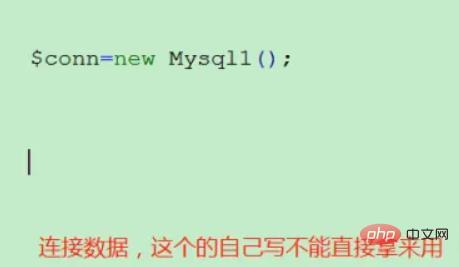
Get the total amount of data and get the total number of pages. This needs to be calculated to get the total number of query data and divide it by the number of each page. getqueryurl is the parameter configuration
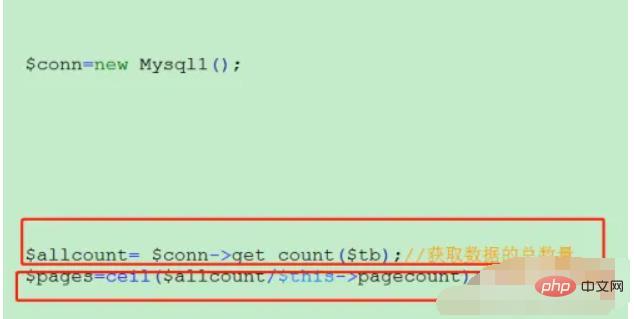
Get the parameters of the previous page, next page, and the settings of the homepage and last page through the number of pages on the current page, getqueryurl It is the configuration of parameters.
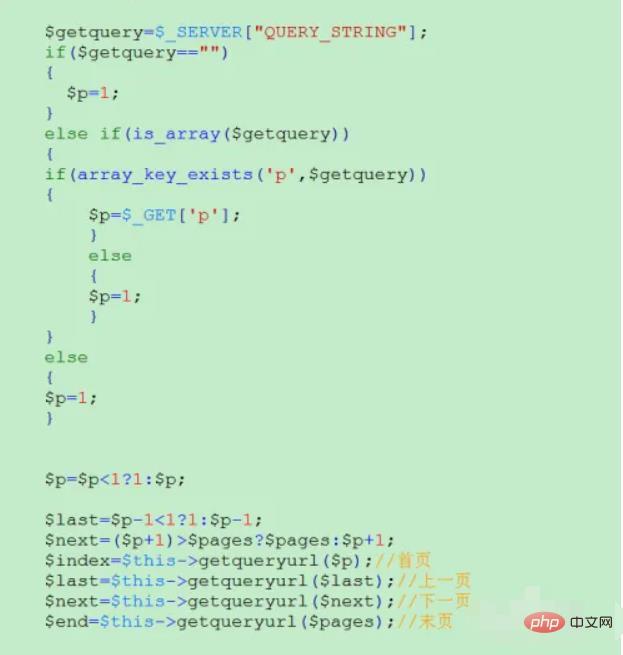
Read the corresponding data in the database by getting the parameters of the page.

Set the viewing style to display the data in the table. The two columns display the mobile phone number and verification code respectively

In The home page, next page, previous page and last page are displayed on the page and page parameters are configured. You can see the page turning effect by running the page.
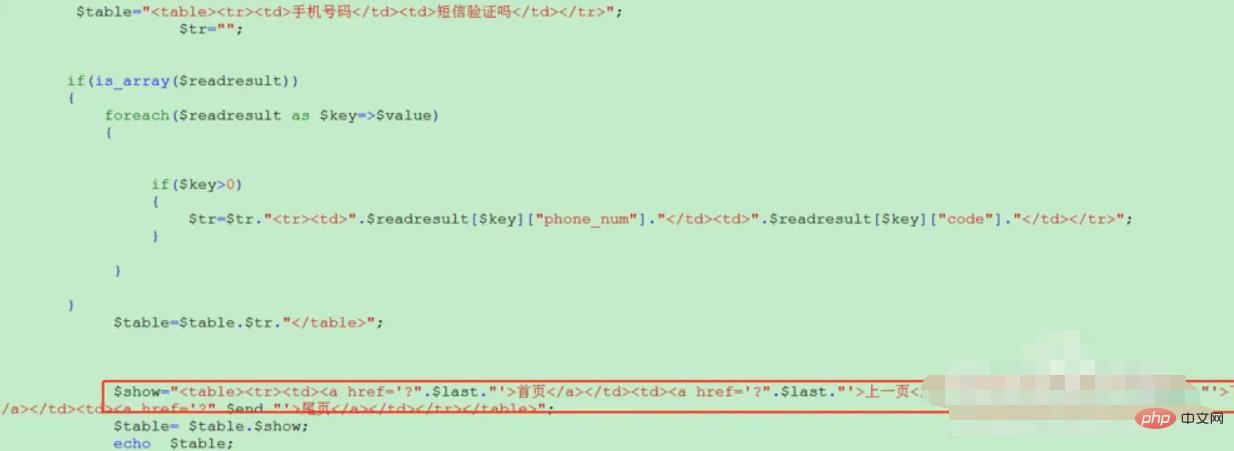
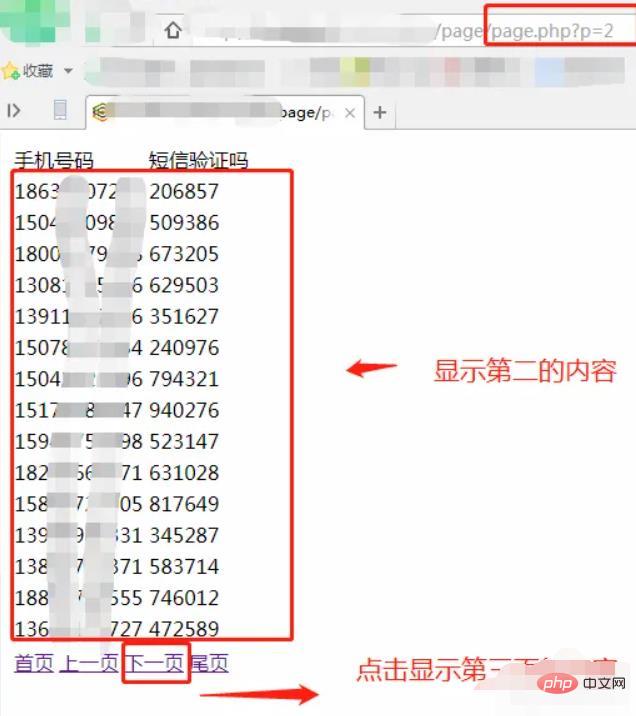
Recommended learning: "PHP Video Tutorial"
The above is the detailed content of How to implement paging using php statements. For more information, please follow other related articles on the PHP Chinese website!




